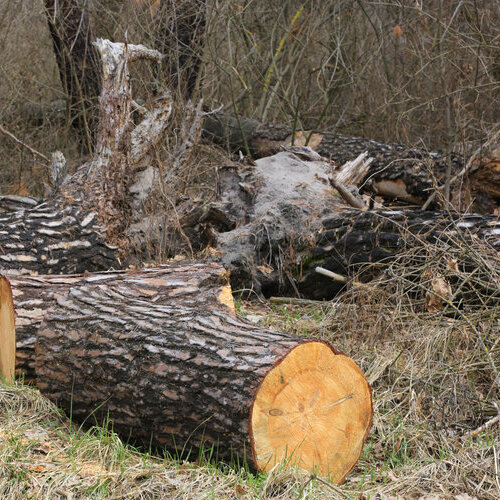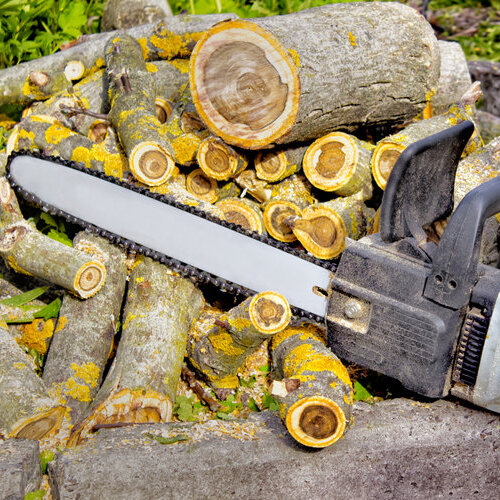
Help With Tree Removal
In the springtime, this area of the country is known for high winds and tornadoes. In the winter, it’s the ice and occasional snow. Between these two seasons, there is a lot of tree damage left. This includes trees pulled up by tornadoes or topped over by otherwise high winds and large limbs broken by ice and snow. In any case, there is clean-up to be done, including tree removal.
Why Tree Removal is Important
While trees are a beautiful part of nature, sometimes, tree removal is needed immediately, like a tree that has been uprooted from a tornado that is on a roof. Then there are circumstances that aren’t as urgent.
As a property owner, you are responsible for keeping them healthy, which may require tree removal of one tree to provide preventative and remedial care of other trees. The following reasons that makes tree removal necessary are:
- A Dead Tree Removal
Nobody wants to see a dead tree, but when one does, the only thing to do is a proper tree removal. When a dead tree is left standing, slowly, it gets weaker and will eventually become victim to the elements and weather. This makes anyone, a structure, or a vehicle susceptible to danger.
- A Diseased Tree Removal
Disease is a number one cause of trees dying and unfortunately, we don’t always realize a tree is diseased until it is beyond saving. In those cases, tree removal is necessary to keep the disease from spreading and killing other trees. Tree removal is necessary to keep the tree or any of its limbs from falling on anyone, structure, or vehicle.
- A Damaged Tree Removal
Unfortunately, something unplanned can happen sometimes, leaving a healthy tree as the victim. This can be from severe weather with high winds, heavy ice, snow, or a lightning strike. Lightning is usually the end of life for a tree, and the best thing all the way around is tree removal.
- Encroaching Tree Removal
Even trees that are healthy and growing need to be removed. At the time the tree was planted, the idea of how it would grow and affect the surroundings didn’t turn out that way. Or new construction comes, the tree is in the way, and the roots grow under a house, disturbing the foundation. Branches become a nuisance or in danger of falling on power lines, disrupting utilities. Tree removal can eliminate these problems.
Who pays for tree removal on a property line?
This is an age old problem for property owners. A beautiful tree is providing shade and enjoyment for both owners, until it becomes diseased or dies and tree removal is necessary. The standard protocol to this situation is when the trunk on one property, they are responsible for the pruning and tree removal. If the tree trunk is straddled the two property lines, it is dual ownership and both have equal responsibility for maintenance, pruning, and tree removal.
Is tree removal landscaping?
Tree removal and landscaping are often considered to be one and the same. While part of a landscaping service is to trim bushes and small trees, tree removal is not within their realm of service. Landscapers lay turf and sod, install fencing, paving walkways, and retaining walls. They do the work needed to create and enhance hardscaping.
Tree removal is done by arboriculture services as is pruning branches and cutting away dead sections of trees. This type of service also provides fertilizing, transplanting, tree felling, and stump grinding.
How is tree removal with roots done?
Once a tree removal is completed, there is still the matter of the tree roots. So, how to do tree removal is one reason why you should hire a professional tree service. If you are determined to do this yourself, the following are tips that can guide you through the process. The root system can extend up to 20 feet underground, be prepared this will be a labor-intensive process.
- Physically Removing Tree Roots: This will require digging down into the ground around the roots. The size and type of the tree will determine how deep you’ll have to dig. Make sure you verify utility lines before you start digging.
Start by digging down until you expose the roots, pulling any loose roots out. Then dig dirt out around the other roots and cut them with loppers as far from the root ball as possible.
Next, with a hoe, lift the cut roots out and pull any more loose ones you find. Rock the stump back and forth, this will loosen the roots and keep cutting and pulling roots until the root ball can come out.

In Closing
Sometimes, in new construction, tree removal to replant new trees is necessary in order to have the trees growing in specific areas around the new construction. Believe it or not, sometimes you can get tree removal for free!
A logging company is willing to perform free tree removal in exchange for the trees. There is typically a minimum tree count for this type of service, and if you need tree removal without insurance, this can be a great option – if you have enough of the right type of trees. Learn more about the help you can receive by calling Tree Spark at (817) 717-7737 today.
